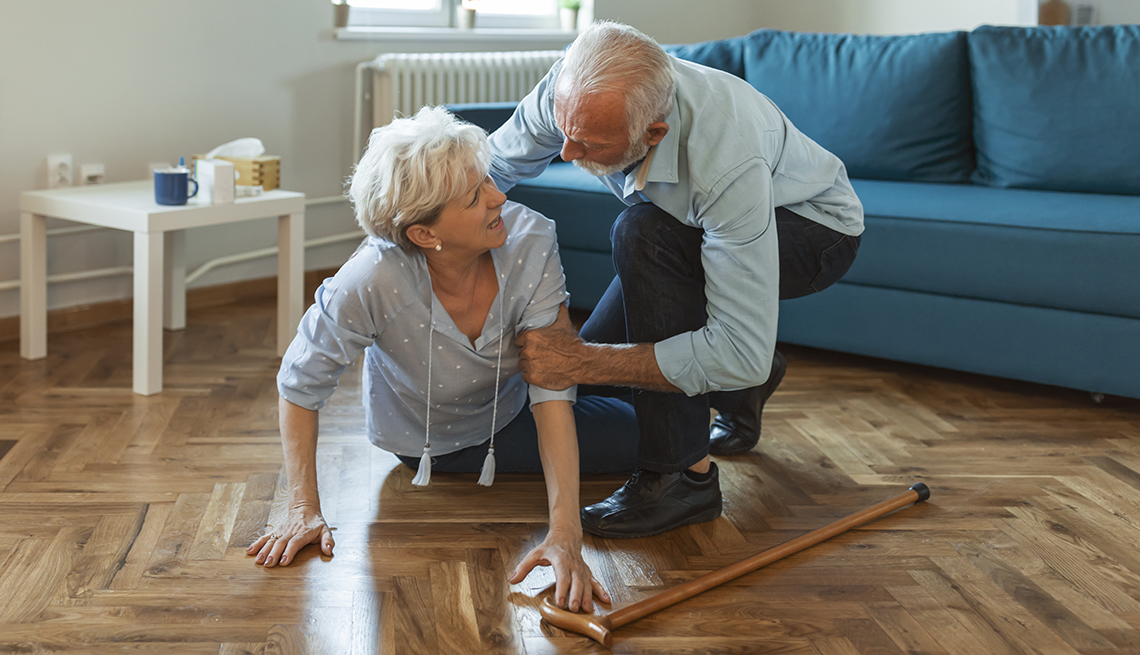
- Select a language for the TTS:
- UK English Female
- UK English Male
- US English Female
- US English Male
- Australian Female
- Australian Male
- Language selected: (auto detect) - EN
Play all audios:
Severe pain, loss of consciousness or a hit to the head necessitates immediate care, Sinvani says. If you didn’t hurt yourself, or walked away with minor scrapes, it’s still important to
talk to your doctor, since falling once doubles your chances of falling again, according to the CDC. And next time, you might not be as lucky. “It’s not enough to just say, ‘OK, this person
fell. Let’s continue with our day,’ ” Sinvani says. “Understanding why that person fell becomes very important.” Despite falls being common among the 65-plus population — about 1 in 4
older adults fall each year — they are not a normal part of aging, the CDC says. And health experts say they can be avoided. KNOW YOUR FALL RISK — AND TAKE STEPS TO LOWER IT According to
the CDC, several simple actions can help prevent falls from happening. Certain medical conditions — like a vitamin D deficiency, diabetes, heart disease or hearing loss — can make a person
more prone to falls. Your doctor can check for these conditions and help you treat or manage them. Common prescription and over-the-counter medications can cause side effects such as
dizziness and sleepiness that can lead to falls. “This is something that can be intervened upon,” Sinvani says. For example, your doctor may be able to reduce your dosage or switch you to a
drug that doesn’t come with the same effects. If it’s a balance issue, assistive devices like a cane or walker can help. So can certain exercises. The National Institute on Aging recommends
yoga, Pilates and tai chi to improve balance and muscle strength. Your doctor may also give you tips on how to fall-proof your home. Grab bars and nonslip rugs are key. A few other tips:
Get screened for osteoporosis, have your vision checked, and make sure your home is well lit. FACTS ABOUT FALLS _For adults 65 and older:_ * Falls are the leading cause of injury and
injury-related death. * Each year, 3 million people are treated in emergency departments for fall injuries. * There were 38,742 fall-related deaths in 2021. * Women report falling more than
men. * The fall-related death rate was higher among men than women in 2021. * More than 95 percent of hip fractures are caused by falling. * Falls are the most common cause of traumatic
brain injuries. * The 2021 estimate of fatal falls was higher than those during the previous 20 years. _ Source: CDC_ “These things need to be taken very seriously,” Sinvani says. “The
cause of the fall needs to be investigated; there needs to be a home assessment, there needs to be a mobility assessment, and then there needs to be sort of a management plan. And by doing
those things, you can actually prevent the fall that’s going to cause the death or the injury.” _Editor's note: This story, first published Sept. 1, 2023, has been updated to include
new information. _



